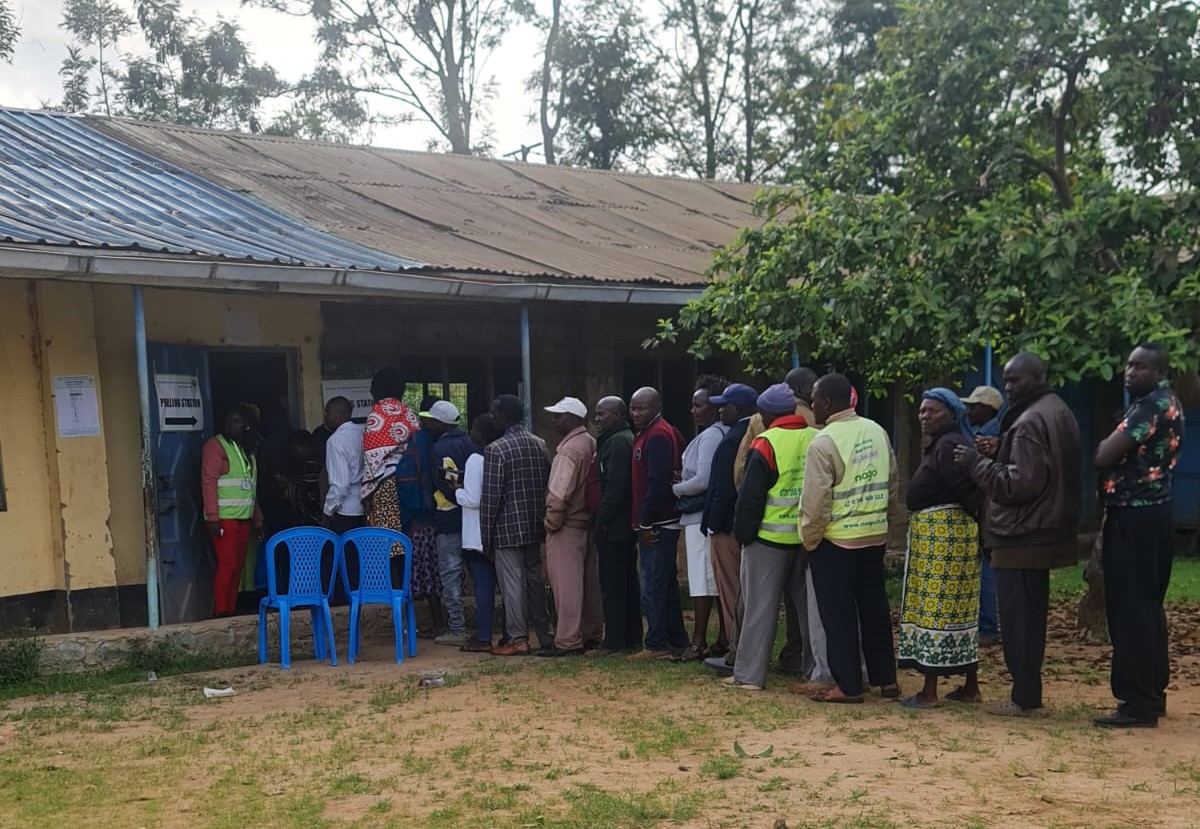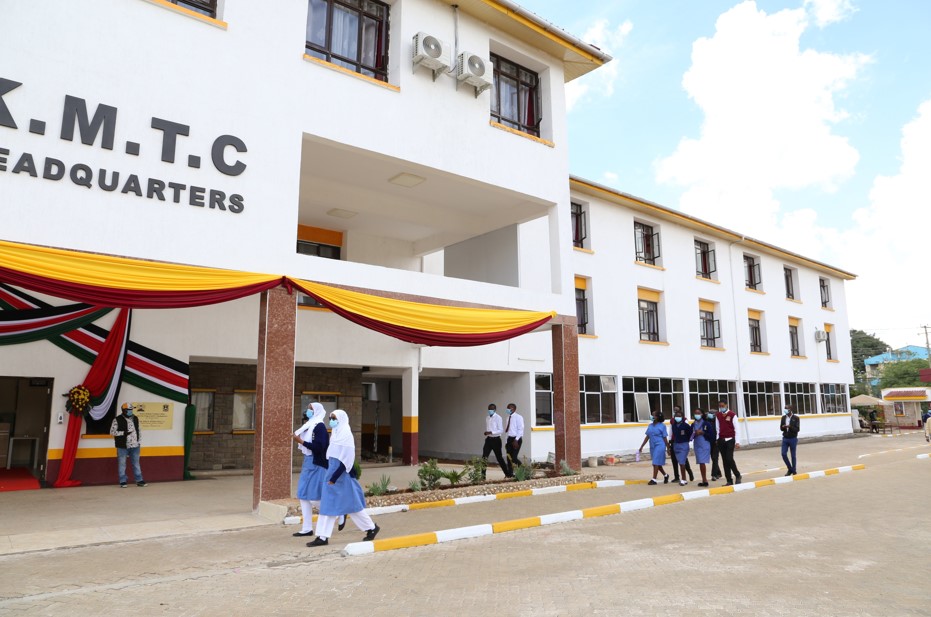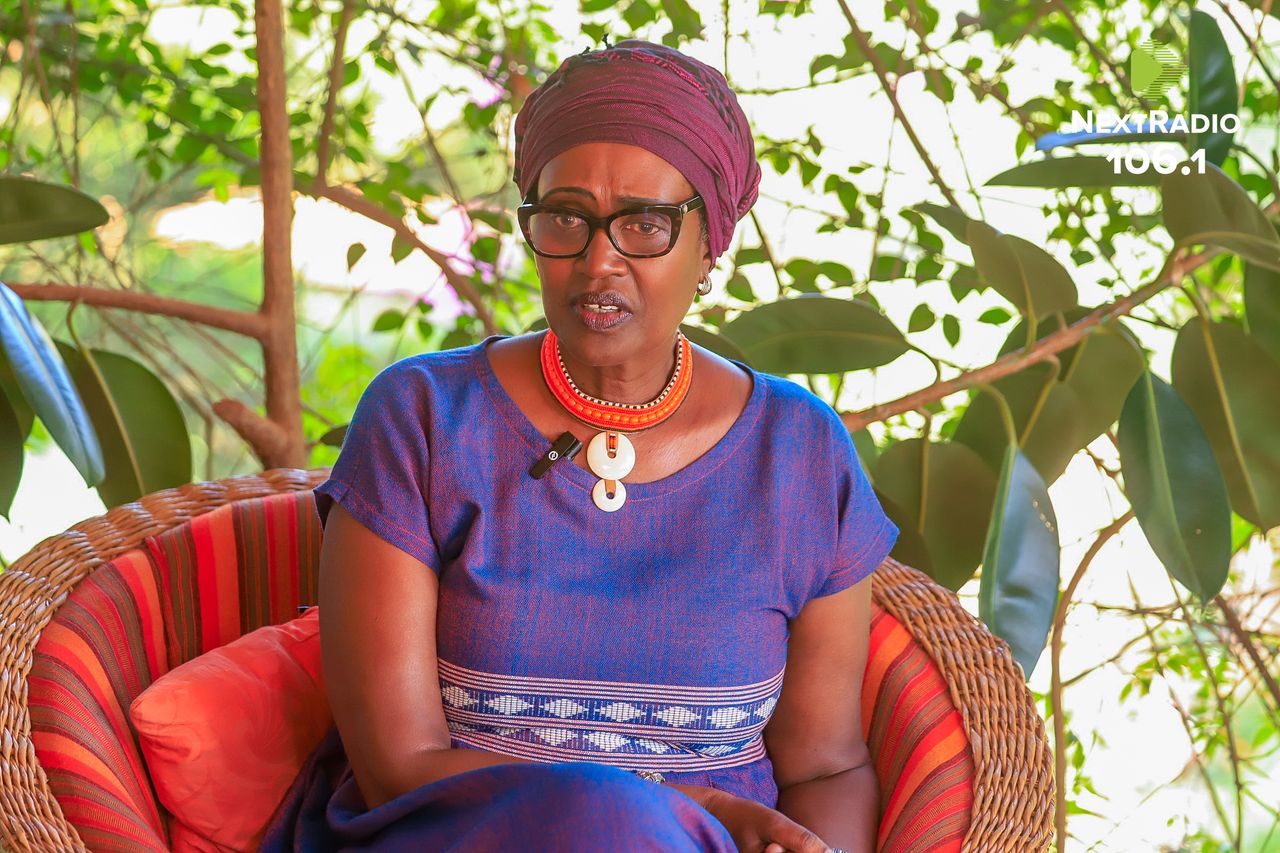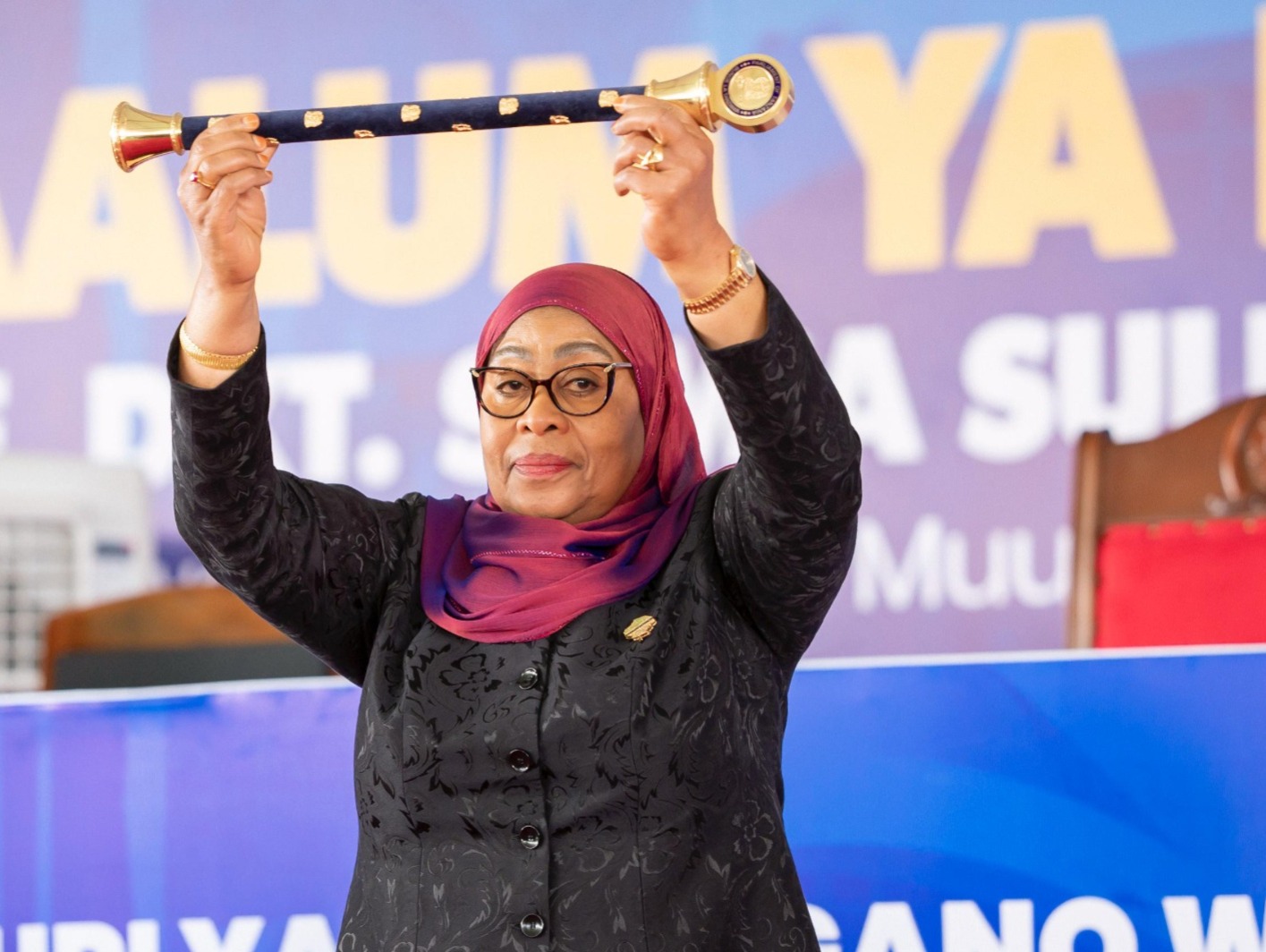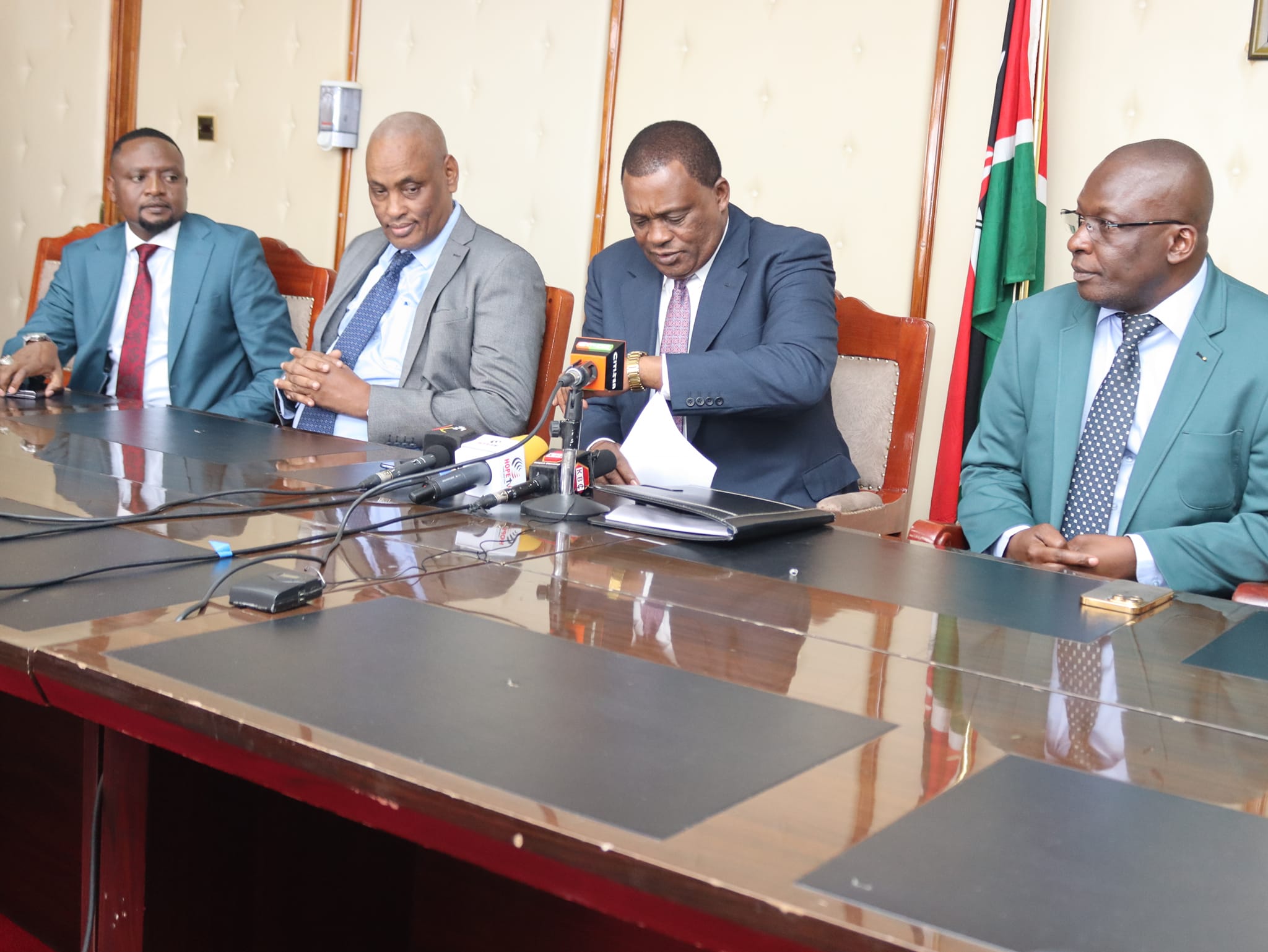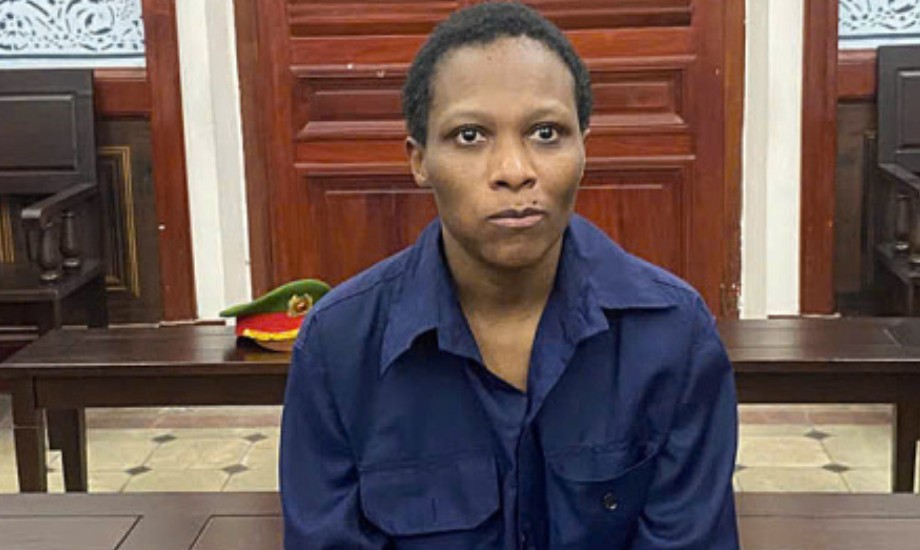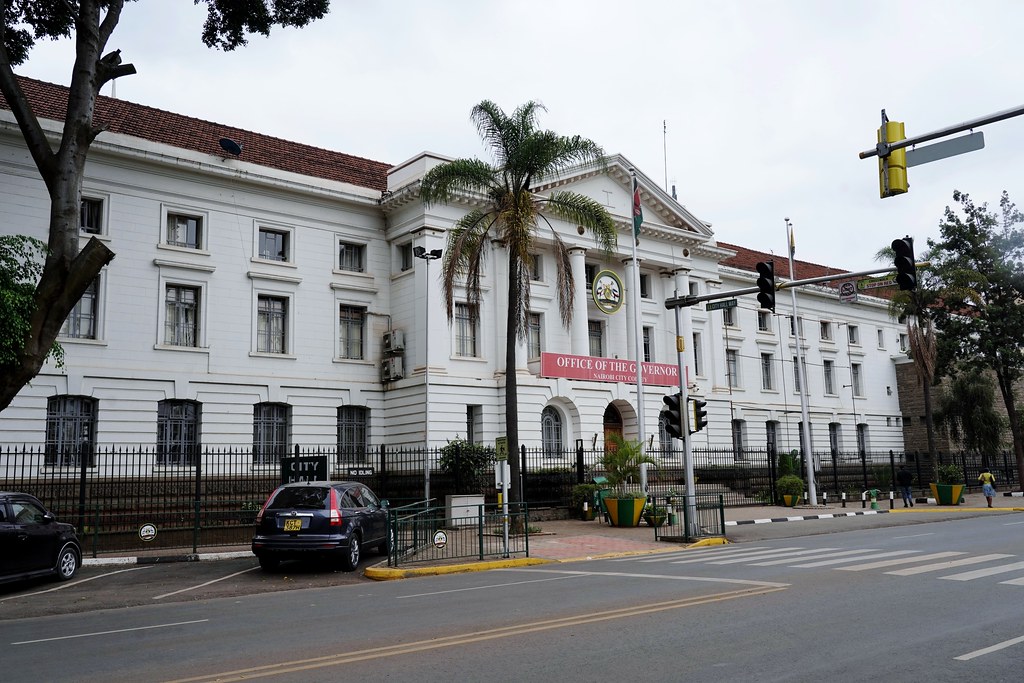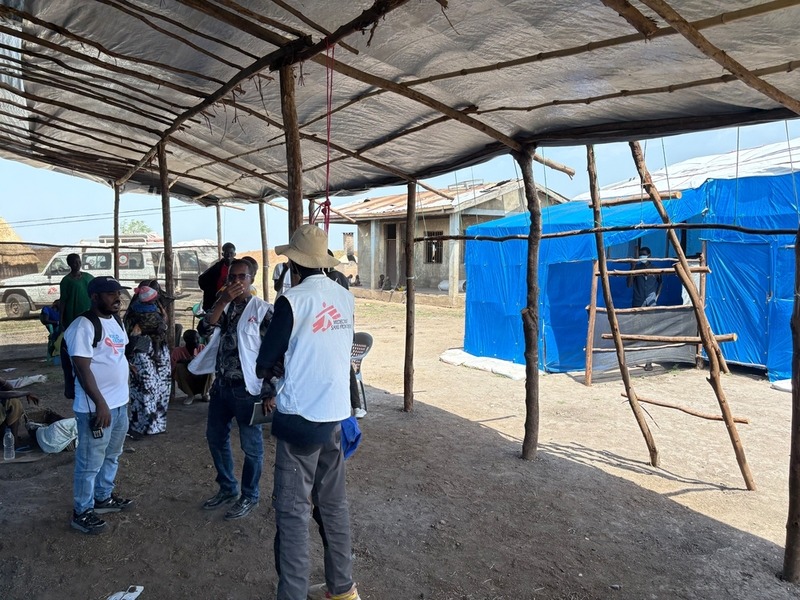Over 100 women killed in first three months of 2025 – police say

The report notes that at least 129 women were murdered between January and March, with most of the cases reported in Busia, West Pokot and Nandi counties.
Over 100 women have been killed across Kenya in the first three months of 2025, data from the National Police Service (NPS) and the National Crime Research Centre (NCRC) shows.
The report notes that at least 129 women were murdered between January and March, with most of the cases reported in Busia, West Pokot and Nandi counties.
More To Read
- Man charged with schoolgirl’s murder shocks court, seeks plea deal
- Why a woman is killed every 10 minutes; the rising wave of global femicide
- 16 days global campaign spotlights growing threat of gender-based violence
- North Eastern Commissioner urges multi-sectoral cooperation to bolster regional security
- UN warns AI, anonymity fuel violence against women online
- Ending violence against women ‘a matter of dignity, equality and human rights’
March had the highest number of female homicide cases at 44, followed by January with 43 and February with 42.
The statistics were shared during a meeting of the Technical Working Group on Gender-Based Violence (GBV) and Femicide, which also marked the final day of consultations with stakeholders working on sexual and gender-based violence (SGBV) and femicide across the country.
The report shows that last year, 579 women were killed, an increase from 534 cases in 2023 and 526 in 2022. Men were responsible for 85 per cent of the killings, women for 10 per cent, while the perpetrators of the remaining five per cent remain unknown.
Female-perpetrated murders were particularly high in Nairobi with 21 reported cases, followed by Central with 19. Kisumu, Kilifi and Nairobi counties recorded the highest number of murder cases with unidentified assailants.
Director of Community Policing, Gender and Child Protection at the NPS Judy Lamet called for the strengthening of GBV response mechanisms in police stations.
“There should be more investment in infrastructure, both facilities and personnel, to wring out challenges such as ineffective evidence-collection methods in sensitive cases such as rape, where it is crucial to handle all samples very meticulously. This can be done through capacity building,” Lamet said.
She also called for the establishment and expansion of gender and child protection units in all police stations, as well as trauma-informed care and crime scene management training for officers.
To ease the reporting process for survivors, she proposed the digitisation of P3 and Post-Rape Care forms for efficient processing and documentation. The NPS also suggested deploying police officers to level four hospitals to improve survivors’ access to medical care.
Head of Legal Affairs at the NPS Amos Omuga advocated for the formation of gender justice courts in every county to expedite GBV and femicide cases. He also supported the digitisation of GBV reporting tools to allow survivors to inform authorities quickly and discreetly.
“There is no problem with the laws dealing with GBV cases. The problem is in the inefficiencies in the enforcement of the policies. The Internal Affairs Unit and the Independent Policing Oversight Authority should investigate all officers accused of negligence in handling these sensitive cases,” Omuga said.
NCRC Director Mutuma Ruteere said the Rift Valley recorded the highest number of femicide cases in 2024 at 66, followed by Eastern with 51 and Western with 42. North Eastern recorded the lowest, with eight cases.
Nairobi topped the list of counties with the most femicide cases at 19, followed by Kiambu (17), Kilifi (16), and Trans Nzoia (13). In West Pokot and Nandi, all homicide victims were women, while in Busia, seven out of eight were female.
“An analysis of the motives behind female killings showed that domestic issues accounted for 50 per cent, unknown motives 30 per cent, witchcraft allegations between five to 10 per cent and land disputes five per cent. Domestic violence stands out to be the leading cause,” Ruteere said.
The report also found that perpetrators were mostly known to the victims. Family members were responsible for 60 per cent of the murders, intimate partners for 25 per cent, strangers for 10 per cent and neighbours – often due to land disputes – for five per cent.
Sharp objects such as knives and pangas were used in 40 per cent of the murders, blunt objects in 30 per cent, strangulation in 15 per cent, and firearms in five per cent of the cases.
“Tragically, home is the most dangerous place for women. Our data shows that 60 per cent of femicide cases happen at home, and another 20 per cent in public places. Isolated areas account for 15 per cent with bars and workplaces accounting for five per cent of the cases,” Ruteere added.
To improve coordination and response, NCRC recommended the creation of an integrated data system accessible to all relevant stakeholders and a nationwide awareness campaign to tackle retrogressive cultural practices that fuel violence against women. This includes the use of witchcraft accusations to justify killings, particularly those targeting elderly women over land.
“The law must also be fully applied when these cases are reported so that incidents where rape cases are solved solely by Alternative Dispute Resolution mechanisms are done away with,” Ruteere said.
Although the taskforce’s term ends on April 10, 2025, Chairperson Nancy Baraza said they had requested an extension from President William Ruto to continue gathering public views.
“SGBV and femicide is a very big burden to society. Parents, remain connected to your children, and the security sector, continue to be vigilant. These are some of the things we can do as we await the taskforce’s final report,” Baraza said.
Top Stories Today









